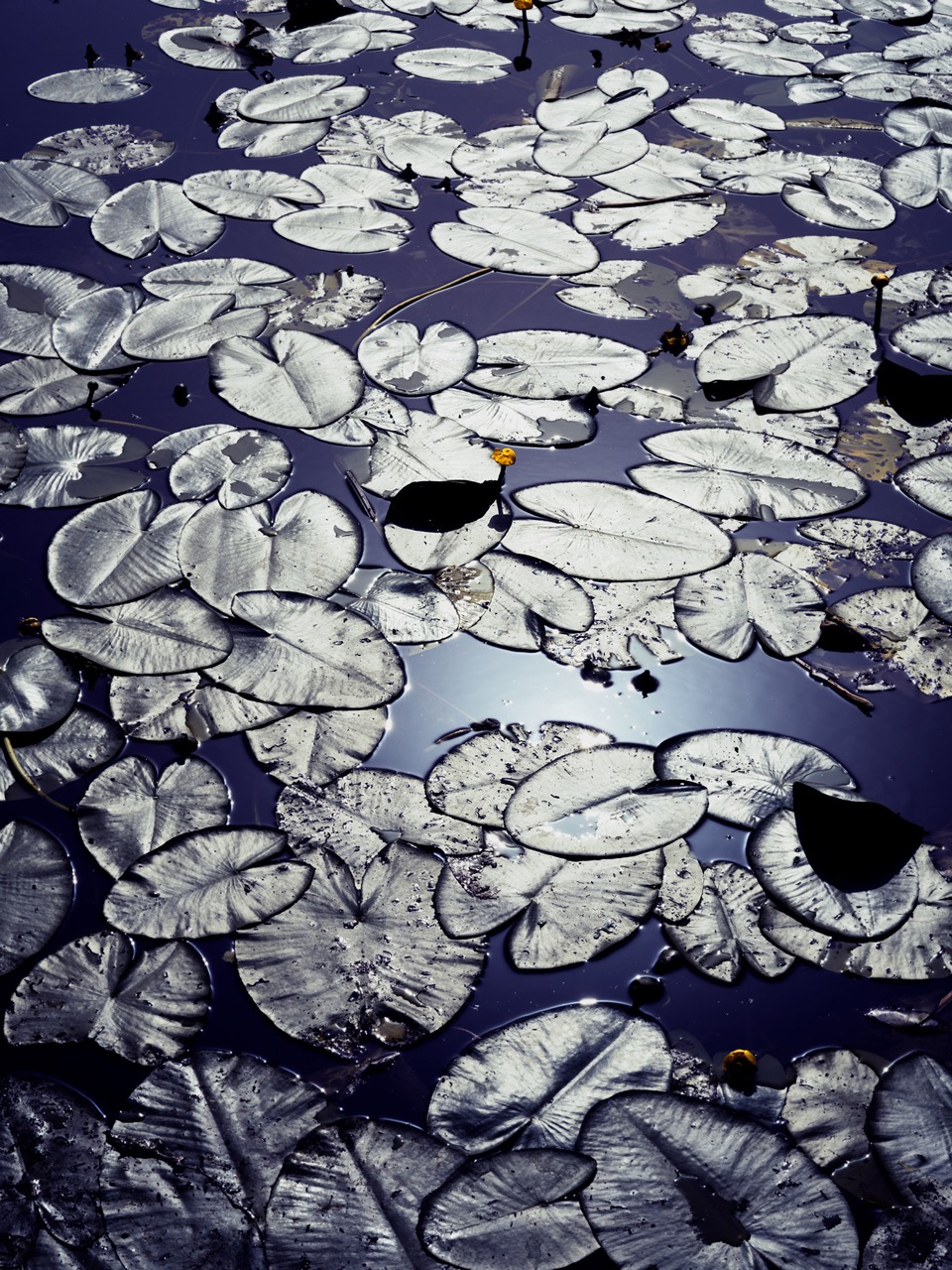
The Art of Mindful Photography
How to Practice Meditative Photography
Mindful photography is a practice of making photographs that begins not with the camera, but with stillness.
Artdoc

In an age saturated with images—where photographs are snapped, filtered, and shared in seconds—there is a growing need to return to the essence of perception. Amidst the blur of scrolling and sharing, mindful photography offers not only a different pace but a different receptivity. There is a way of looking that does not rush—a soft gaze that lingers, listens, and allows the world to unfold. Looking slowly becomes a form of resistance—soft, attentive, and awake. It is a shift from consumption to connection, from reaction to openness. Mindful photography is a practice of making photographs that begins not with the camera, but with stillness.
Payment Failed
Mindful photography brings us into a closer relationship with the world—and with ourselves. It offers a way to slow down, observe with care, and create images that carry the imprint of quietude and attention. Its purpose is not to be defined in a single phrase, but to be felt: in a moment of clarity, a shift in perception, or the calm that follows a walk with the camera in hand. This practice refines how we see and how we are. It calms the nervous system, opens emotional space, and reconnects us with the rhythms of life that often go unnoticed. At its heart, mindful photography strengthens our ability to make intentional and resonant images. From presence comes precision. From attention, form.

Seeing as Listening
In mindful photography, seeing becomes more than a visual act — it becomes a form of listening, of receptivity. We learn to meet the world not through control, but through alignment. The process is not about chasing a subject, but about allowing form to reveal itself. We begin to look differently and open ourselves to images that emerge through attunement.
The Role of Stillness
Stillness is not the end of movement but the beginning of something more profound. It is the space where form meets feeling and where the world becomes quiet enough to be heard. There is a subtle relationship between inner stillness and visual harmony. Silence shapes seeing, and calm attention allows form to arise with clarity. This is where photography shifts from observation to resonance. The camera becomes not only a witness but a participant in visual listening.

Practising in Nature and the Everyday
Mindful photography is not confined by location. Whether in a forest, a city street, or even at home, it is shaped by presence. You can experience the natural world and the everyday environment as parallel invitations for meditative photography. Whether surrounded by trees or traffic, the principle remains: attention transforms what is seen. To photograph in nature is to listen to rhythm and elemental form. To photograph in the everyday is to discover quiet meaning in what is often overlooked. What matters is not the subject, but the state of awareness through which the subject is revealed.

A Meditative Practice
The e-guide Mindful Photography offers more than a way to take better pictures. It invites us to return to photography as a way of being, one that values attentiveness over speed, and clarity over perfection. It is not a manual of techniques, but a contemplative companion for those who wish to pause, breathe, and create with care.
At its core lies a simple yet transformative idea: that photography can be a meditative act — one that opens us to presence, and allows images to emerge with quiet intention.
The full e-guide, Mindful Photography, is now available for anyone seeking depth, stillness, and creativity through the lens.
Read the full e-guide Mindful Photography
How to Practice Meditative Photography

.svg)
.svg)
.svg)










